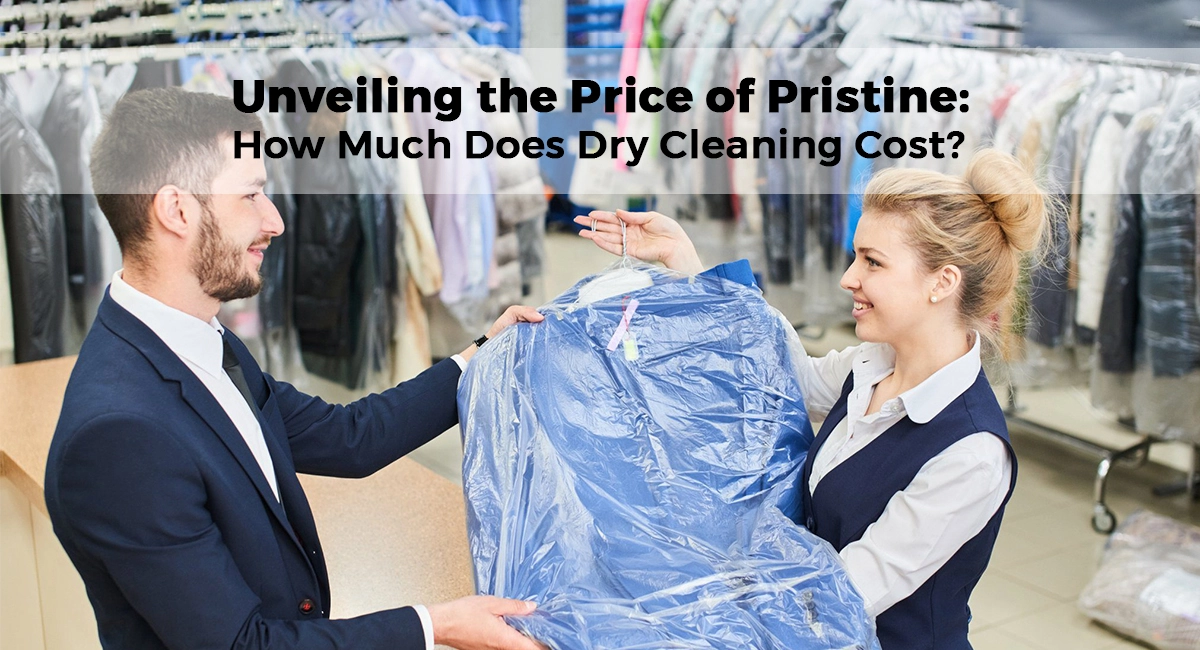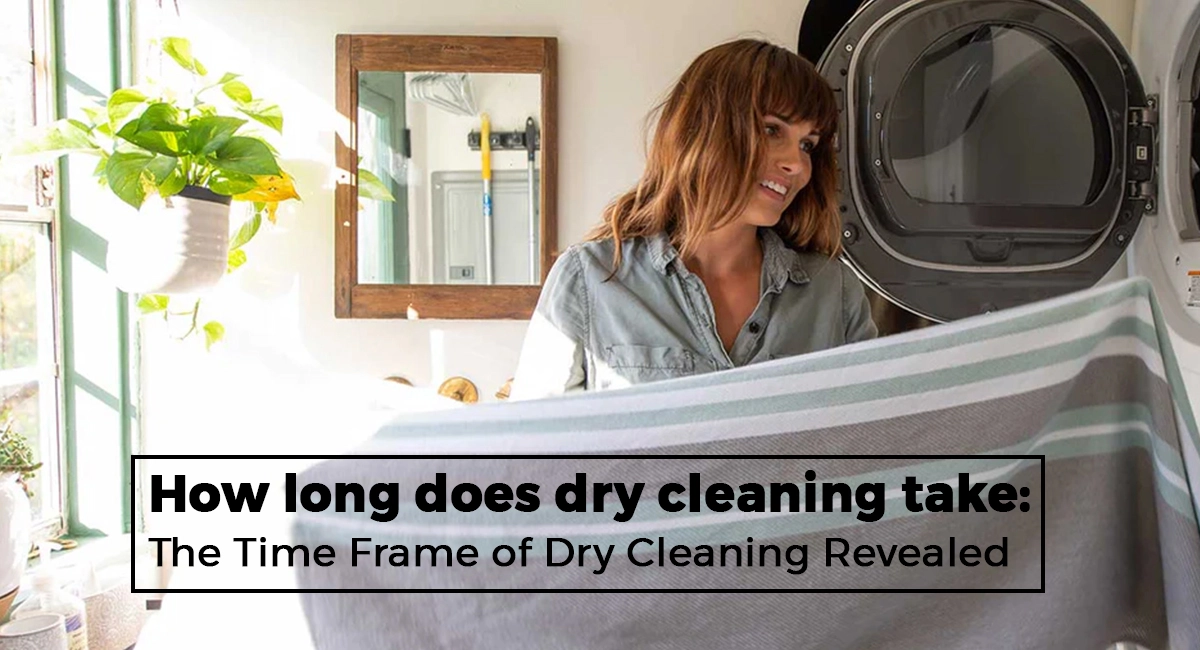
Elevate Your Health with Fresh Attire: Dry Cleaners’ Impact
The dry cleaning industry has undergone a remarkable transformation, shifting away from chemical solvents that pose health and environmental hazards towards innovative eco-friendly methods. As consumers become more conscious about sustainability, the demand for green dry cleaning services continues to grow. By understanding the evolution of this industry, we as customers can make informed choices to care for our cherished garments while promoting personal and planetary wellbeing.
Table of Contents
ToggleThe Revolution of Eco-Friendly Dry Cleaning
Dry cleaning has been around for over a century, with early methods using highly flammable solvents like gasoline, kerosene, and benzene. By the 1940s, the industry standardized around perchloroethylene (PERC), which remained the dominant dry cleaning solvent in the US and Europe for decades.
As of 2017, there were approximately 20,600 dry cleaning establishments in the US employing around 160,000 workers. About 60-65% of these shops used PERC as their primary solvent. However, increasing awareness about the toxic effects of PERC exposure sparked a shift towards eco-friendly dry cleaning techniques that eliminate harmful chemicals.
Professional wet cleaning (PWC) has emerged as a gentler, safer alternative, using computer-controlled washing machines and specialized detergents to clean delicate fabrics. With lower environmental impact and none of the health risks of PERC, PWC is driving the industry’s gradual transformation.
The Advantages of Eco-Friendly Dry Cleaning
Eco-friendly dry cleaners, like Palmetto Bay Dry Cleaners, use innovative techniques to care for delicate fabrics gently and sustainably:
- Professional Wet Cleaning (PWC) uses computer-controlled washers, soft detergents, and specialized finishing equipment. No harsh chemicals are involved.
- PWC is safe for most delicates, silks, wools, specialty coats, and gowns. It leaves garments softer and brighter over time.
- The process consumes less energy and water than traditional dry cleaning. No toxic wastes or byproducts are created.
- For those sensitive to chemicals, PWC helps avoid reactions from residue left on traditionally cleaned clothes. It is gentler on sensitive skin.
- PWC equipment has sensors to ensure meticulous fabric care. Garments maintain their original look and shape better compared to dry cleaning.
PWC delivers exceptional cleaning without compromising health or the environment. It is driving wider adoption of eco-friendly methods in the industry.
The Health Connection
It’s a common misconception that the primary purpose of dry cleaning is solely cosmetic – to keep your clothes looking pristine. While this is certainly a part of it, the health benefits associated with clean attire are often underestimated.
- Allergen Removal: Over time, clothing accumulates dust, pollen, pet dander, and other allergens. For individuals with allergies or respiratory issues, wearing clothes laden with these particles can lead to discomfort and health problems. Professional dry cleaning effectively removes these allergens, ensuring that your attire is not contributing to health issues.
- Bacterial Eradication: Your clothes can harbor bacteria and germs that accumulate through regular wear. This is particularly concerning for items like suits, coats, and winter wear, which aren’t cleaned as frequently as everyday clothing. Dry cleaning utilizes high-temperature processes that kill bacteria, leaving your clothing not only looking fresh but also hygienic.
Fabric Care Expertise
Another critical aspect of dry cleaning is the expertise in handling a wide range of fabrics and materials. Different materials require different cleaning methods, and attempting to clean delicate or specialty fabrics at home can often lead to irreparable damage. Dry cleaners possess the knowledge and equipment to clean:
- Silks and Delicates: These fabrics require gentle care to maintain their texture and appearance. Professional dry cleaners use specialized methods to clean delicate fabrics without causing damage.
- Leather and Suede: Cleaning and preserving leather and suede items requires specialized knowledge and equipment. Dry cleaners can clean, condition, and restore these materials, extending their lifespan.
- Couture and Designer Pieces: High-end clothing often comes with specific care instructions. Dry cleaners are well-versed in handling couture and designer pieces, ensuring that your investment in quality attire is protected.
Comparing Traditional and Eco-Friendly Dry Cleaning
Traditional dry cleaning with PERC allowed effective cleaning of delicate fabrics, but we now recognize the significant downsides:
- PERC is a toxic air pollutant and is classified as a potential carcinogen. Exposure is linked to dizziness, irritation, and long-term central nervous system damage.
- PERC can leach into groundwater as an environmentally persistent pollutant. It’s acutely toxic to aquatic life at very low levels.
- Dry cleaning workers face the highest risks of PERC exposure through direct contact. But customers also face exposure through garment residues.
- Traditional dry cleaning equipment consumes large amounts of energy and generates chemical waste.
Eco-friendly dry cleaning methods deliver equal or better results without these drawbacks:
- PWC uses biodegradable detergents with no toxic ingredients, avoiding health risks to workers and customers.
- The PWC process consumes less energy and water compared to traditional dry cleaning machines.
- No hazardous wastes are created, keeping communities and ecosystems protected.
- Garments cleaned through PWC retain their original look, feel, and shape better over time.
The Health Implications of Traditional Dry Cleaning
PERC is a powerful solvent, but has many concerning health effects:
- It is a known skin, eye, and respiratory irritant. Contact can cause rashes, breathing difficulty, wheezing, and sinus issues. Workers face the highest risks.
- Exposure is linked to impairment in cognitive function, vision, coordination, and memory. Neurotoxic effects are greater with higher and longer exposure.
- Studies have tied PERC to elevated risks of bladder cancer, esophageal cancer, cervical cancer, and non-Hodgkin’s lymphoma. The EPA classifies it as a potential human carcinogen.
- When pregnant women wear PERC-cleaned clothes, the chemical is absorbed through the skin, posing risks to the fetus. Adverse birth outcomes have been reported.
Consumers face risks by wearing and being near clothes cleaned traditionally. PERC residues linger in garments and release toxic vapors into the air over time. Eco-friendly methods like PWC entirely eliminate PERC contact for workers and customers.
Making the Switch to Eco-Friendly Dry Cleaning
Traditional solvent-based techniques allowed dry cleaners to care for the most delicate fabrics. But the environmental and health toll could no longer be ignored. Forward-looking cleaners are embracing eco-friendly techniques to achieve superior results responsibly.
As a customer, you can join this positive change by choosing professional wet cleaners near you. PWC uses no toxic chemicals, cleans effectively, and is safe for all fabric types. You can refresh your wardrobe without exposure to harsh solvents like PERC.
Look for cleaners displaying the ‘Greener Cleaner’ certification. This independently verified designation means they use methods like PWC instead of PERC. With numerous options now available, it’s easier than ever to find eco-friendly dry cleaning.
Make the switch to a healthier home and lifestyle. Small steps lead to significant change.
Frequently Asked Questions
What is PERC and why is it harmful?
PERC or perchloroethylene has been the primary solvent used in traditional dry cleaning. It’s classified as a potential carcinogen and toxic nerve agent. PERC exposure is linked to cancer, respiratory issues, neurological damage, birth defects, and more.
How does wet cleaning differ from dry cleaning?
Wet cleaning uses water, detergents, and specialized equipment to clean delicates instead of chemical solvents. It is gentler on fabrics, eliminates toxins, and consumes less energy and water.
Are all clothes suitable for eco-friendly methods?
Yes, professional wet cleaning and other green methods are safe for all fabric types including silks, wools, faux furs, gowns, and delicates. They often lead to better long-term quality versus harsher chemical cleaning.
The Final Takeaway
The dry cleaning industry has come a long way from its early beginnings. While traditional methods brought convenience, we now understand their extensive downsides. Eco-friendly techniques like professional wet cleaning have shown we can care for treasured garments responsibly – without risking health or the environment. By shifting demand as customers, we can accelerate this positive change toward a sustainable future.





